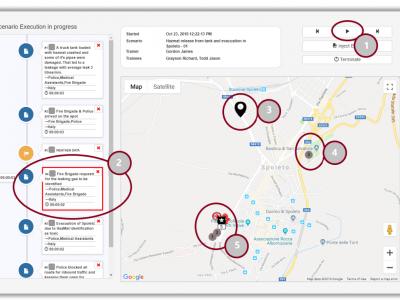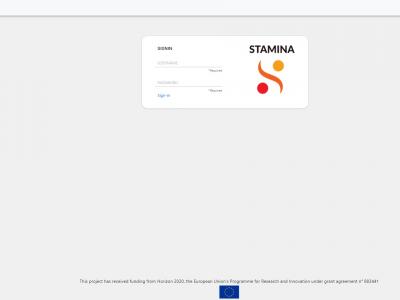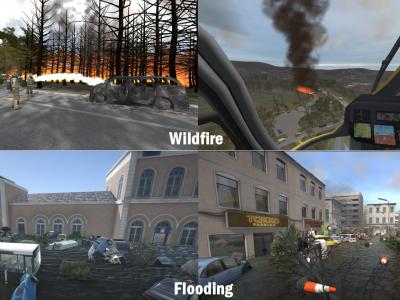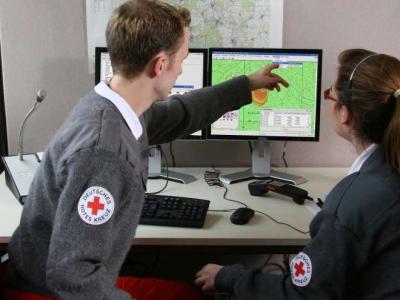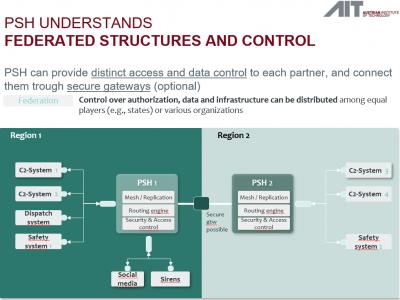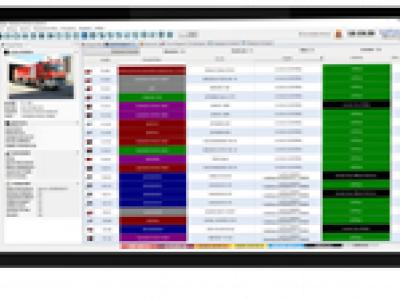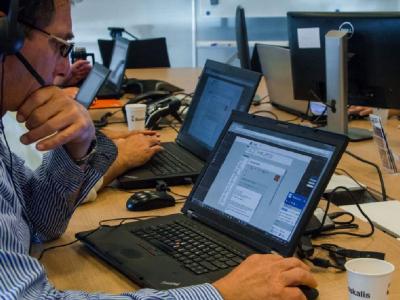Contact
Provider(s):
mHero is a two-way, mobile phone-based communication system that connects ministries of health and health workers. It uses data from existing local health information systems to deliver messages via locally popular communication channels. It reduces the barriers that can exist between health workers and their support systems, playing a critical role in ensuring effective and efficient responses, particularly in a crisis.
Health officials can use mHero to:
- Communicate both routine and urgent messages to health workers.
- Target messages to health workers based on cadre, location, or skill set.
- Collect critical information that powers resilient health systems, including stock levels, routine and one-time assessments, and validation of health worker and facility data.
- Build capacity and provide support to health workers, to give them the information, skills, and encouragement to deliver quality health services.
mHero is not a new technology. Rather, it is a new way to connect data from existing technologies to allow for targeted, real-time communication. It does so by using global interoperability standards for health information exchange (FHIR). This means it it can help platforms speak in a common language with each other and easily share data.
IntraHealth International and UNICEF created mHero in August 2014 to support health-sector communication during the Ebola outbreak in Liberia (Read more about mHero's origin story). The original version of mHero connected Liberia's health workforce information system, iHRIS, with RapidPro, a platform that delivers basic text and audio messages. The use of RapidPro made it possible to reach most Liberian frontline health workers who, at the time, had only basic mobile phones.
Since the end of the Ebola crisis, the Ministry of Health and Social Welfare in Liberia has integrated the platform into its health information system infrastructure to meet ongoing communication needs for a variety of health services. Sierra Leone and Senegal have also implemented mHero.
The technology behind mHero has also evolved since the initial deployment in Liberia. Advancements in technology along with differing conditions and needs in other countries inspired IntraHealth to make mHero more interoperable. Now it can work with other communication platforms and any health information systems compliant with the global OpenHIE principles for health information exchange. Read more about the technology behind mHero.
mHero’s origin and ongoing use and development illustrates how the platform is flexible, scalable, and sustainable by governments in low- and middle-income countries.
rkers
Supported Use Cases
Message broadcasts to health workers
Two-way communication between health officials and health workers
Interactive learning
Validation of health worker information
Two-way contact sync and management of contact groups
 |
Portfolio of Solutions web site has been initially developed in the scope of DRIVER+ project. Today, the service is managed by AIT Austrian Institute of Technology GmbH., for the benefit of the European Crisis Management. PoS is endorsed and supported by the Disaster Competence Network Austria (DCNA) as well as by the STAMINA and TeamAware H2020 projects. |
